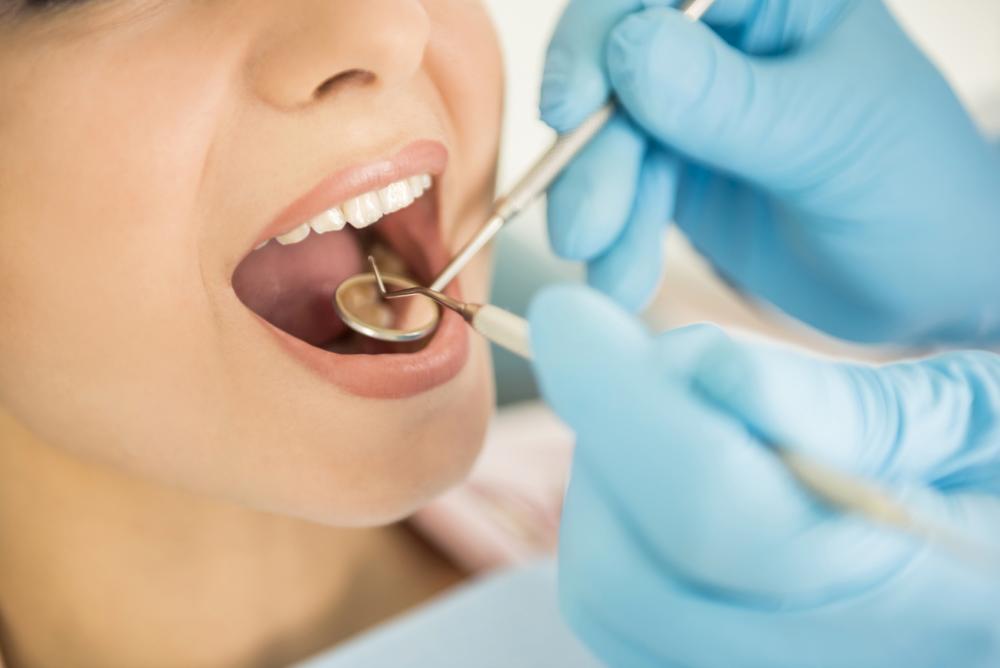What to Get out of Your Initial Visit to a Dentist in Eugene Oregon
What to Get out of Your Initial Visit to a Dentist in Eugene Oregon
Blog Article
Learn More About Constant Oral Problems Your Dental Practitioner Can Settle
Comprehending regular dental problems is critical for maintaining ideal oral wellness. Problems such as tooth cavities, periodontal condition, tooth sensitivity, halitosis, and tooth decay prevail yet typically ignored up until they end up being serious. Dentists possess the know-how to detect and treat these problems, thereby avoiding further difficulties. Routine dental gos to and individualized care plans can attend to these issues successfully, making sure a much healthier and brighter smile. However what particular treatments do dental professionals utilize to deal with these problems, and just how can early intervention make a difference? The response to these concerns provide important understandings right into guarding your dental health.
Tooth Cavities
Dental caries, likewise known as tooth decays, are a widespread dental wellness problem created by the demineralization of tooth enamel due to acid production from microbial plaque. This procedure begins when bacteria in the mouth metabolize sugars and starches from food, generating acids that erode the enamel. If not addressed promptly, this erosion can penetrate deeper into the tooth, influencing the dentin and eventually the pulp, potentially resulting in extreme pain and infection.
The beginning of tooth cavity development typically present as white spots on the tooth surface area, indicating preliminary demineralization. As the process advances, these spots can create into brown or black lesions, indicating much more extensive degeneration. Regular dental examinations are crucial for very early discovery, as cavities in their incipient phases can be treated with remineralization methods, such as fluoride therapies.
Once a tooth cavity has formed, restorative intervention is needed. Dental professionals generally get rid of the decayed portion of the tooth and fill up the dental caries with products such as composite resin, amalgam, or ceramic. In a lot more serious instances, a crown or root canal treatment might be called for. Preventive measures, including great dental hygiene practices and nutritional alterations, play an essential function in alleviating the threat of tooth cavities.
Gum Condition
While cavities stand for a significant concern for oral health, one more crucial concern that requires interest is gum tissue condition. Additionally referred to as periodontal illness, periodontal condition is an inflammatory problem impacting the tissues surrounding and supporting the teeth. It is primarily brought on by the buildup of plaque-- a sticky film of germs that creates on teeth.
Gum disease progresses via phases, starting with gingivitis, characterized by inflammation, swelling, and hemorrhaging gum tissues (dentists eugene). If left unattended, gingivitis can intensify to periodontitis, where the inner layer of the periodontal and bone draw away from the teeth, forming pockets that become contaminated. With time, the toxic substances created by the microorganisms break down the bone and connective cells that hold teeth in position, possibly resulting in missing teeth
Early discovery and therapy are vital. Expert oral cleanings and improved dental hygiene methods, such as cleaning twice everyday and flossing, can take care of gingivitis. For advanced phases, therapies may consist of scaling and root planing, antibiotics, or even medical treatments.
Regular dental exams play a crucial duty in preventing and taking care of gum tissue disease. Dental professionals can determine early signs and suggest proper treatments, making sure the maintenance of healthy periodontals and total oral health.
Tooth Sensitivity
Tooth sensitivity influences numerous people worldwide, offering a typical yet typically upsetting oral problem. This problem occurs when the enamel, the outermost safety layer of the teeth, is jeopardized, revealing the underlying dentin. The dentin includes tiny tubules that lead directly to the oral pulp, where nerves live. When revealed to stimulations such as hot, cool, wonderful, or acidic materials, these nerves are triggered, causing sharp discomfort or pain.
Several factors add to enamel erosion and subsequent tooth sensitivity, consisting of aggressive brushing, acidic foods and drinks, periodontal economic crisis, and bruxism (teeth grinding) Furthermore, oral treatments such as teeth whitening can temporarily increase sensitivity.
Halitosis
An additional widespread dental issue home that influences individuals' every day lives misbehaves breath, clinically described halitosis. This condition can be especially upsetting, influencing personal communications and self-worth. Bad breath typically originates from poor dental health, which permits food bits to remain in the mouth, fostering bacterial growth. These microorganisms generate sulfur substances, causing unpleasant smells.

Referrals might include enhancing dental hygiene practices, such as regular brushing and flossing, making use of antibacterial mouthwashes, remaining moisturized, and resolving any type of oral issues. Efficient monitoring of halitosis not just boosts dental official source wellness but additionally dramatically boosts high quality of life.
Dental Caries

Avoiding dental caries includes a combination of good oral health techniques and routine oral exams. Brushing teeth a minimum of twice daily with fluoride toothpaste, flossing to eliminate plaque between teeth, and restricting the intake of sugary foods and drinks are essential safety nets. Fluoride treatments, dental sealers, and specialist cleanings given by a dental professional can additionally play a considerable duty in fortifying enamel and preventing decay.
Dental practitioners can eliminate corroded tissue and recover the tooth with fillings made from products such as composite resin, amalgam, or porcelain. By dealing with tooth decay promptly, dentists help preserve dental framework and feature, guaranteeing more tips here lasting dental wellness.
Verdict
Attending to typical dental problems such as cavities, gum illness, tooth sensitivity, bad breath, and tooth decay is important for preserving optimal dental health and overall well-being. Dental professionals possess the experience to diagnose and deal with these concerns properly, making certain customized care for each client. Normal preventive procedures and dental check-ups are crucial in identifying and managing these concerns early, advertising a healthier and a lot more confident smile over a lifetime.

Tooth degeneration, likewise understood as oral caries, takes place when the enamel, the outermost layer of the tooth, is deteriorated by acids produced by microorganisms in the mouth. Brushing teeth at least twice daily with fluoride toothpaste, flossing to remove plaque between teeth, and limiting the intake of sweet foods and beverages are necessary precautionary measures.Dealing with common dental worries such as dental caries, periodontal condition, tooth sensitivity, bad breath, and tooth degeneration is critical for preserving optimum dental wellness and total health.
Report this page